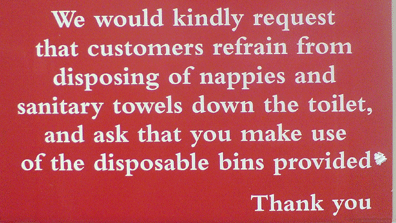A couple of questions that I can’t answer:
How much does the average company spend on the copy for their website?
How does the cost of copy compare to the cost of design and development?
The web business is peculiar. Websites exist to present information, but it seems that in many cases the carrier (the website) is treated as the important thing, not the information.
To what extent is copy important?
Do the majority of web designers and web developers have their priorities all wrong? Should we flip the web development process around and focus more attention on the content?
Should more money be spent on great content, perhaps at the expense of design or features?









